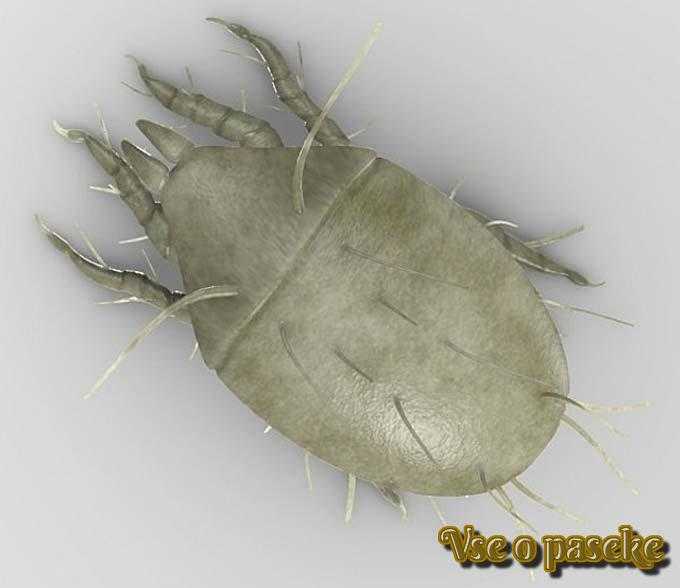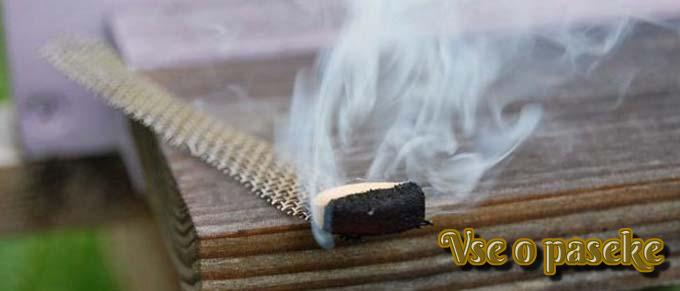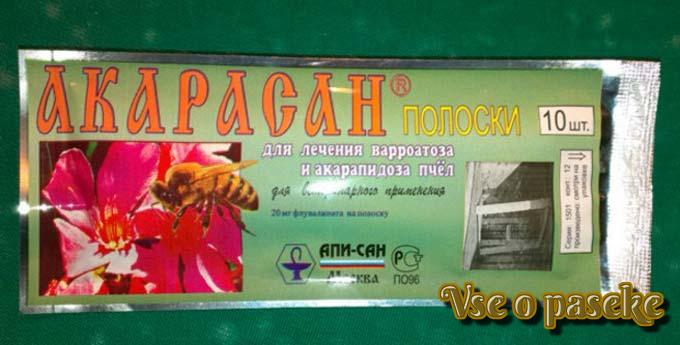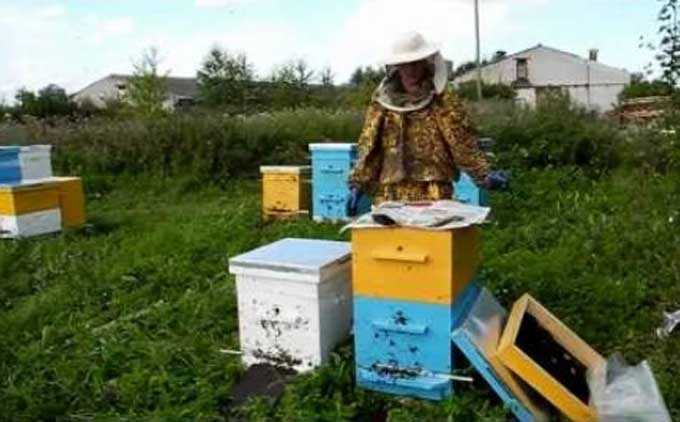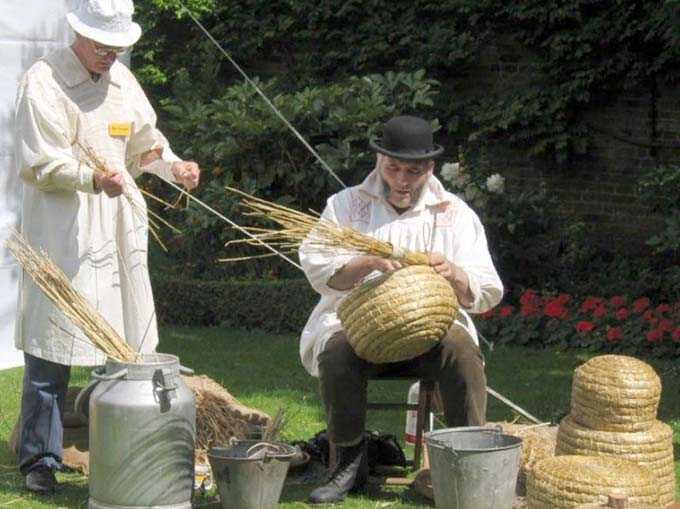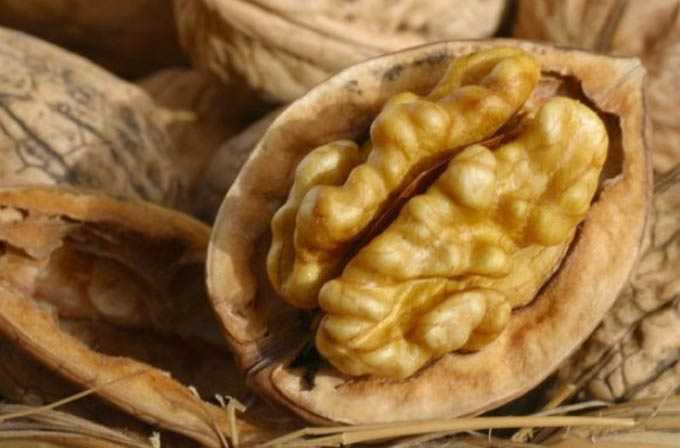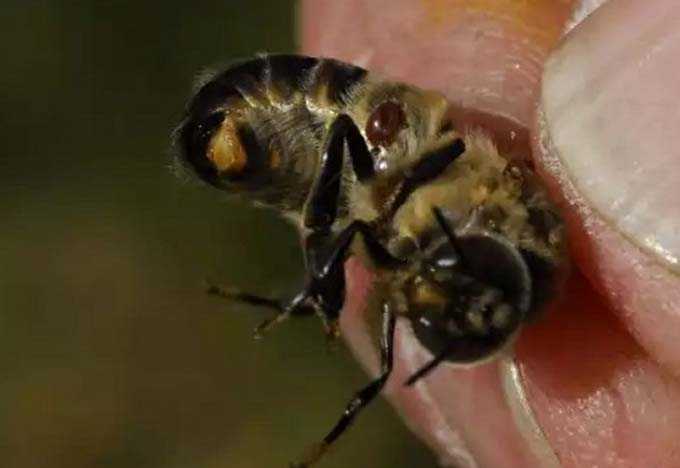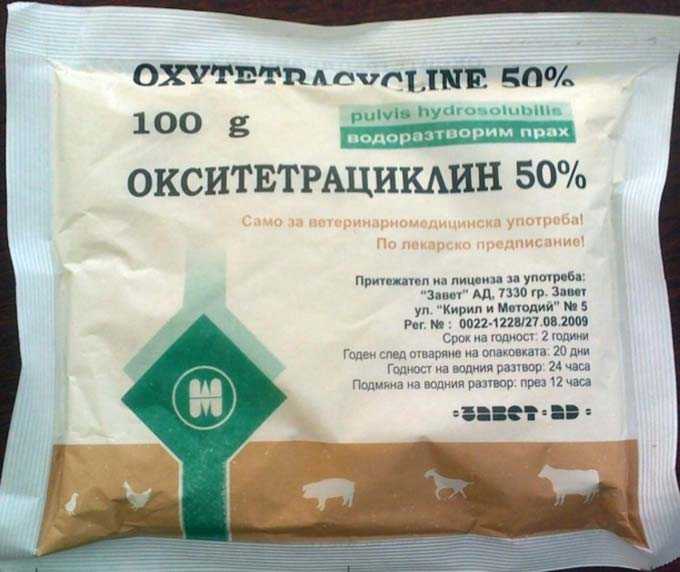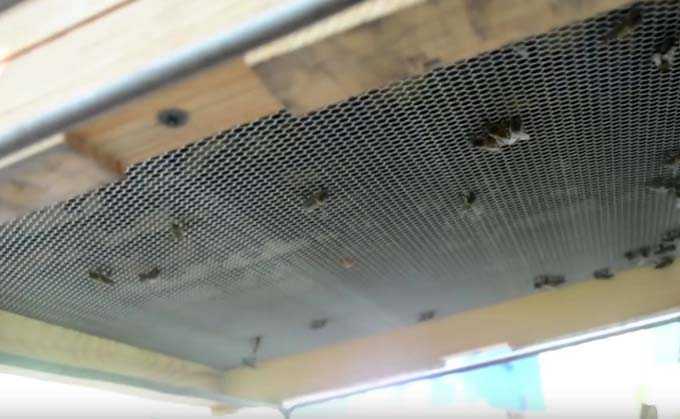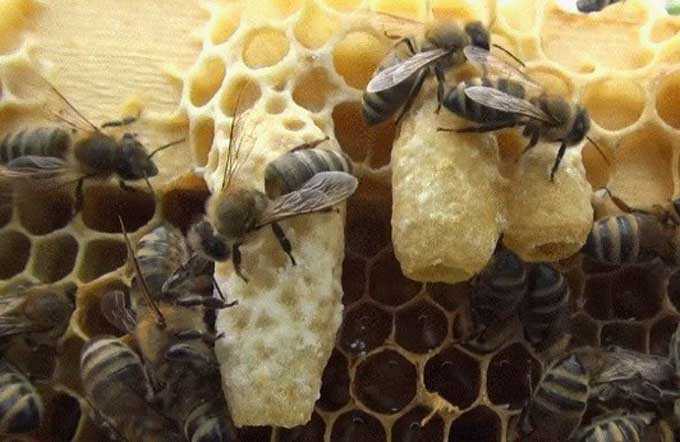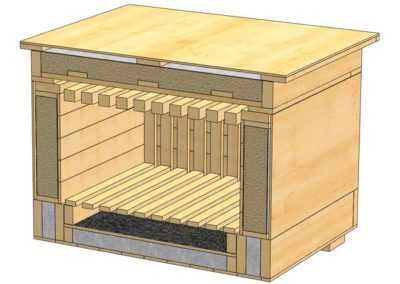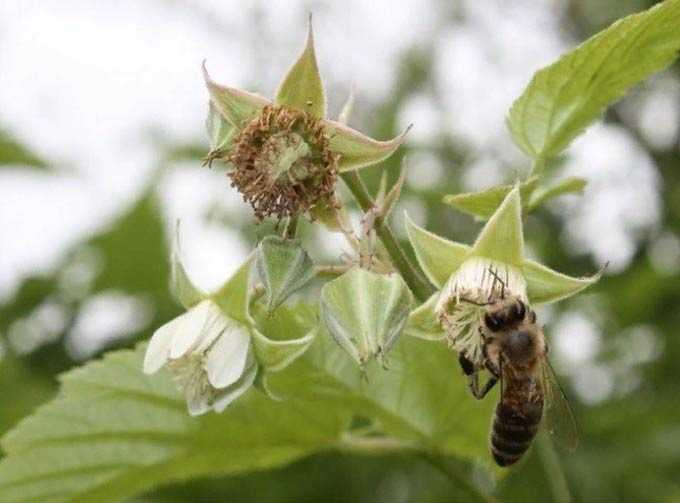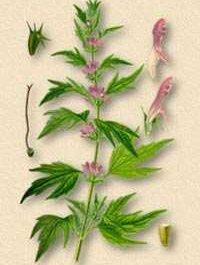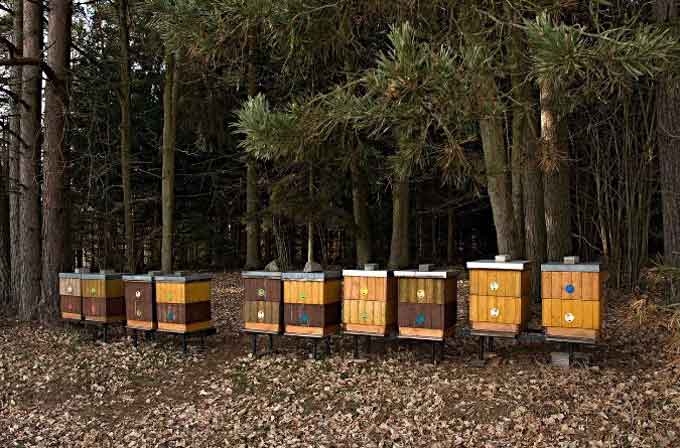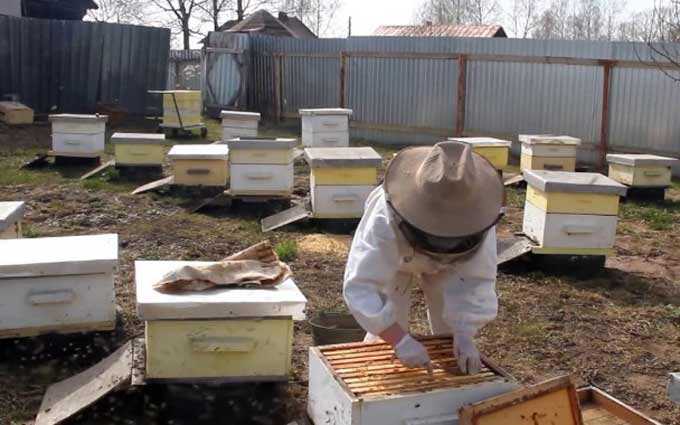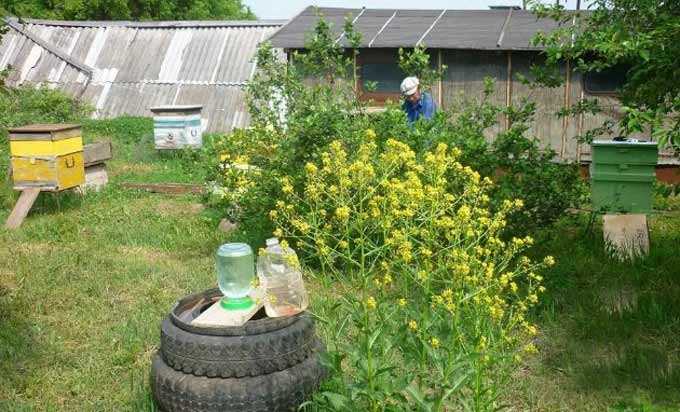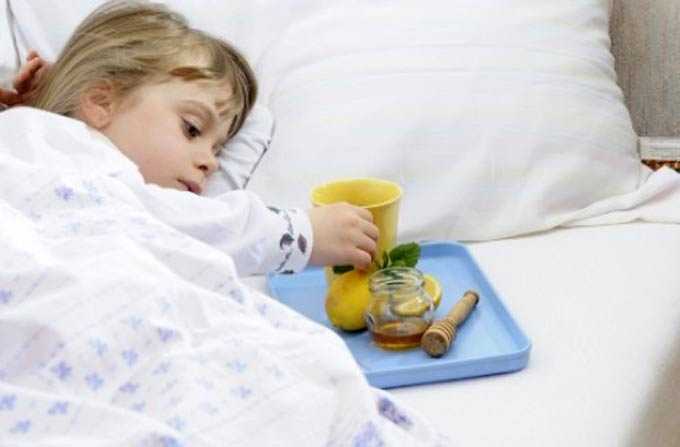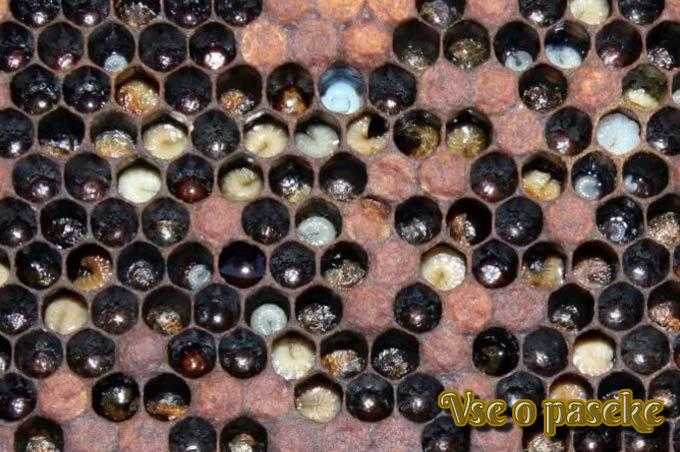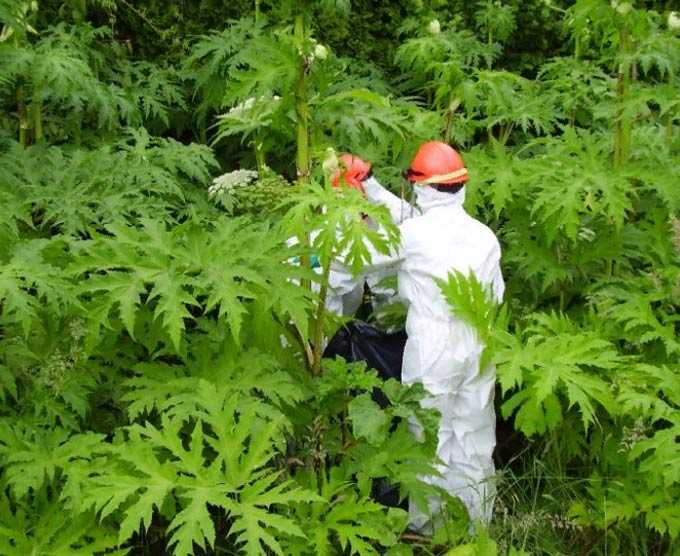Acarapidosis or acarosis is a contagious invasive disease of adult bees. The disease has been known since 1904, when apiaries on the Isle of Wight in the English Channel were massively infested with the Acarapis woodi mite and this parasite was found in laboratory tests.
Acarapis woodi parasitizes the tracheal system of insects, causing a sharp weakening and death of entire families.
The content of the article
- 1 symptomatology
- 2 Features of the disease
- 3 How does the infection occur?
- 4 Features of treatment
- 5 Fumigation
- 5.1 Other drugs
- 6 Using liquid products
- 7 preventive measures
symptomatology
The main symptom of the disease, which is most noticeable in the spring, is the bees’ inability to fly. On the first day of the spring flight, diseased individuals rush from the hive, but when they try to rise into the air, they lose height and fall to the ground. Often, crawling insects fill the entrance and the entire space near the hive (a carpet of bees forms on the ground).
All stages of infection
Other alarming signs are the “open face” (wings spread apart during crawling, with the anterior pair extending from under the hind wings) and a noticeable enlargement of the abdomen.
The final conclusion about the presence of acarapidosis in bees and the treatment of the apiary is made after microscopic examination of the submarine in the veterinary laboratory.
Features of the disease
Uterus, drones and worker insects are equally susceptible to disease. When treating a hive, the uterus is replaced without fail!
Ticks in a sick family develop throughout the year. But at the end of wintering and in early spring, there is a peak in the incidence.
At the same time, it is obvious that insects with good immunity resist invasion better – their life expectancy decreases slightly. But any unfavorable factors greatly weaken the infected bees, which leads to the imminent death of whole nests from the tick. Such unfavorable factors include damp weather or climate, the proximity of swamps, long wintering, poor honey flow, cool spring.
How does the infection occur?
The disease is transmitted exclusively between adults. Therefore, the brood and the combs themselves never contain mites. The parasite cannot exist outside the insect organism.
Tick at high magnification
The main source of infection is the wandering of drones and bees, as well as the raids of thief bees. You can also get a tick when catching swarms. The overcrowding of the bee colony and the peculiarity of its vital activity contributes to the free movement of ticks between young insects. Parasites repeat the whole process of development and reproduction many times.
For bees older than five days of age, the invasion is less terrible than for young animals – mites take root in them in an insignificant amount. The main danger of parasites is for young animals.
After entering the hive, they enter the trachea of young bees, preferring to colonize the main trunks of the first breast pair. Nutrition is carried out at the expense of blood – by piercing the trachea with its proboscis, the tick sucks blood and depletes the bee organism. Reproduction of tiny parasites in such favorable conditions occurs very quickly. After a month, ticks fill the entire lumen of the trachea, which leads to difficulty breathing, refusal to fly and the death of bees.
When the host dies, the parasites leave the respiratory tract and begin searching for a new host. As soon as contact with a live bee occurs, the mite clings to the hairs on its body. Then, by the current of air, it is carried into the chest spiracle. On a dead host, parasites live only for a few hours. And in laboratory conditions, they can be stored for a long time and even cultivated.
During research by the American beekeeper Bailey, it was noted that finding ticks on an artificial foundation makes it difficult for them to attach to a new carrier. This explains the practice of isolating infected nests in beehives with artificial foundation.
It was also noted that long-term invasion contributes to the emergence of resistance in the whole population of bees. Such an example is the Krajina breed. Of course, no beekeeper wants his apiary to go through a similar process if the spread of parasites can be avoided. But the fact is quite eloquent – strong insects are able to resist ticks themselves.
Features of treatment
The main task of the beekeeper is to kill ticks without harming the bees. For this, the infected nests are completely isolated.
Individuals should not be taken from a sick hive to strengthen other families! Workers, queens and drones from a quarantined apiary should not be moved to other beekeeping farms. It is also prohibited to form families during the treatment period.
The quarantine is lifted only after the families have fully recovered, confirmed by laboratory tests. 30-50 insects from each hive, packed in numbered bags, are submitted for analysis.
In a latent form, the invasion can spread over 3-5 years, taking on a chronic form. Therefore, preventive and therapeutic measures should be carried out in all areas unfavorable for acarapidosis.
Medicines are applied in the evening when all the bees return to the hive. After processing, the hive is closed or aired (this depends on the specific preparation and the instructions attached to it).
Fumigation
Ether sulfonate is used to fumigate the nests:
Smoldering streak
- Blotting paper is taken, soaked in a 15% solution of potassium nitrate and dried.
- Then the paper is impregnated with ether sulfonate and dried again.
- The sheets are cut into strips 10 centimeters long and 2 centimeters wide. One strip is the dose for a family of ten streets.
- The strips are set on fire at one end, extinguished and smoldering, suspended between frames using a wire.
- After that, a canvas is spread over the frames, and the entrances are closed for 20-30 minutes.
- In total, 8 treatments are performed with an interval between them of one week.
Important points:
The use of this drug can cause the death of queens due to the overexcitation of the bees from the smoke!
Processing is not carried out during the periods of honey collection in order to exclude the ingress of chemical impurities into marketable honey.
Other drugs
Available as ready-to-eat strips of “Folbex” or “Ethersulfonate”… They are greenish in color and contain 0,5 grams of active ingredient, designed to treat a family of ten streets.
“Akarasan” used for fumigation at the rate of one plate per ten frames. Processing is carried out weekly for 1,5 months.
“Polisan” used for fumigation twice at intervals of five days. In case of strong ripple, it is recommended to perform a third treatment.
TEDA – special cords containing amitraz. In a smoldering form, they are introduced into the lower entrances for half an hour. Fumigation is performed every 7 days for one and a half months.
“Tedion” is available in the form of tablets weighing 1 gram. Such a tablet is set on fire and injected in a smoldering form through the lower entrance, moving along the bottom of the hive to the back wall. Processing is done ten times every other day for a month. If parasites are re-detected, treatment is carried out one more time.
Using liquid products
Traditional methods of treatment include using turpentine… Rags are moistened with this liquid and placed over the frames along the back wall of the hive. Processing is carried out daily for three weeks.
FROU (a mixture of vegetable oil, nitrobenzene and gasoline) is used in the same way. Wicks or narrow strips of dense matter are moistened in the liquid and placed in the nests overnight. The treatment is carried out three days in a row. This liquid is toxic to humans! Accidental inhalation of vapors should not be allowed.
“Methylsalicylate” also used for wetting wicks. One hive requires 12 ml of the drug. The wick is moistened with it and introduced through the lower notch. Processing is done every two days for three weeks.
“Ant” is introduced into the hives at the rate of one sachet per family with a force of 5 streets. The drug is placed on a frame under a canvas and left in the hive until the acid evaporates completely. At the same time, all entrances must be open to ensure high-quality ventilation. Treatments are performed according to the instructions three times with an interval of seven days.
Fir tree oil – a safe remedy that has a beneficial effect on bee immunity. It is used at the rate of 1 ml per street. Beforehand, tightness is ensured in the nest – polyethylene is used, only the lower notch is left open. Cotton swabs are moistened in oil and placed on frames. Processing is performed three times with an interval of five days.
preventive measures
Spreading ticks and preventing them from appearing in the apiary will provide the following steps:
- measures are taken against wandering and raids of thief bees;
- the swarming process is controlled, in particular this rule applies to infected families;
- queens and bees are not purchased from apiaries that have not passed laboratory control;
- to strengthen families, bees from sick hives and other people’s apiaries that have not been examined for acarapidosis are not used;
- infected families are isolated in a separate area and treated until complete recovery (laboratory confirmed);
- measures are taken to strengthen and strengthen healthy nests – all conditions are created for their development.
Treatment for acarapidosis in bees requires consistent action from the beekeeper. The process of development of the disease takes a long time: from infection of one bee to the defeat of 50% of the entire hive, it takes 3-5 years on average. The earlier the invasion is detected, the more chances are to save the apiary.
But it should be remembered that the use of certain veterinary drugs leads only to partial success – families do not recover completely and the treatment has to be repeated annually. Therefore, health-improving measures are of such great importance, for example, the systematic selection of brood in incubators in order to breed healthy families.
Severely weakened infected colonies that do not respond to treatment should be removed from the apiary and liquidated through fumigation with sulfur dioxide. This is an extreme measure that reduces the number of productive families, but it stops the spread of the disease.
